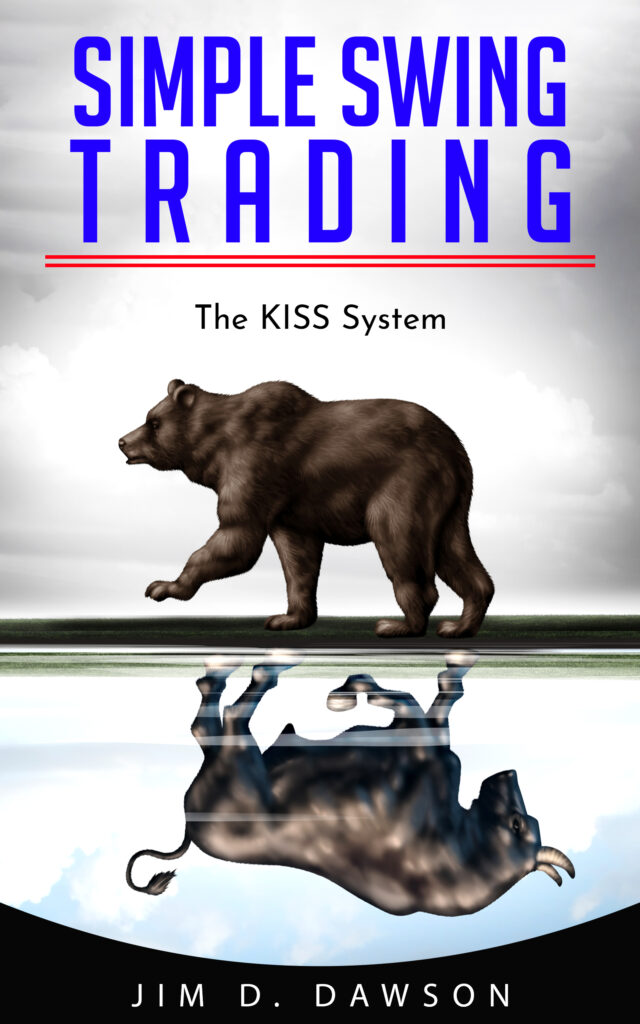Technical analysis is a popular method used by traders to evaluate securities and make informed trading decisions by analyzing statistical trends and price movements. For options traders, technical analysis offers powerful tools to assess market conditions, identify potential entry and exit points, and increase the probability of successful trades. Unlike fundamental analysis, which looks at a company’s financial health and long-term prospects, technical analysis focuses on historical price action, volume, and patterns to forecast future movements in the short to medium term.
In this article, we’ll explore the role of technical analysis in option trading, the key indicators used, and how you can incorporate these tools into your trading strategy to improve your outcomes.
Understanding the Basics of Technical Analysis
Technical analysis is based on the assumption that historical price movements and volume data can provide insight into future price movements. It operates under three key principles:
- Market Discounts Everything: All known information (earnings reports, economic data, etc.) is already reflected in the price of the asset.
- Price Moves in Trends: Assets tend to move in identifiable trends, whether upward, downward, or sideways.
- History Repeats Itself: Patterns in price action tend to repeat over time due to market psychology.
For options traders, technical analysis helps in predicting price direction, timing entry and exit points, and assessing volatility — all of which are crucial to success in the options market.
Key Technical Indicators for Option Trading
Several technical indicators are useful when trading options. These indicators can help traders gauge the strength of price movements, identify trends, and forecast potential reversals. Below are some of the most popular indicators used in technical analysis for option trading.
1. Moving Averages
Moving averages (MAs) are among the simplest yet most powerful tools in technical analysis. They smooth out price data to create a trend-following indicator. Two types are frequently used:
- Simple Moving Average (SMA): This is the average price over a specific number of periods (e.g., 50-day or 200-day).
- Exponential Moving Average (EMA): EMA gives more weight to recent prices, making it more responsive to new information.
When the short-term MA crosses above a long-term MA (called a Golden Cross), it signals a bullish trend, while the reverse (called a Death Cross) indicates a bearish trend.
Application in Options Trading:
- Bullish crossovers may signal an opportunity to buy call options, anticipating a price increase.
- Bearish crossovers may be used as a signal to buy put options, expecting a price decline.
2. Relative Strength Index (RSI)
The RSI is a momentum oscillator that measures the speed and change of price movements. It ranges from 0 to 100 and is typically used to identify overbought or oversold conditions:
- Above 70: The asset is considered overbought, suggesting a potential pullback.
- Below 30: The asset is considered oversold, indicating a potential bounce.
Application in Options Trading:
- When the RSI shows an overbought condition, it may be a signal to buy put options, expecting a price decline.
- Conversely, an oversold condition may indicate an opportunity to buy call options, anticipating a price rise.
3. Bollinger Bands
Bollinger Bands consist of a moving average (usually the 20-day SMA) and two standard deviation lines above and below the moving average. These bands expand and contract based on market volatility:
- Prices near the upper band: The asset may be overbought.
- Prices near the lower band: The asset may be oversold.
Application in Options Trading:
- When prices touch or exceed the upper Bollinger Band, it may indicate a good time to buy put options, predicting a price reversal.
- When prices hit the lower Bollinger Band, traders may consider buying call options, expecting a price bounce.
4. MACD (Moving Average Convergence Divergence)
The MACD is a momentum indicator that shows the relationship between two moving averages (typically the 12-day and 26-day EMAs). It consists of two lines:
- MACD Line: The difference between the two EMAs.
- Signal Line: The 9-day EMA of the MACD line.
When the MACD line crosses above the signal line, it signals bullish momentum. When the MACD crosses below the signal line, it signals bearish momentum.
Application in Options Trading:
- A bullish crossover can be a signal to buy call options.
- A bearish crossover may indicate an opportunity to buy put options.
5. Volume
Volume is a critical confirmation tool in technical analysis. An increase in volume usually confirms the strength of a price move. For example, if a stock breaks through a key resistance level with high volume, the breakout is considered more reliable than one with low volume.
Application in Options Trading:
- When high volume accompanies an upward price movement, it may signal a strong trend, offering an opportunity to buy call options.
- If a price drop is accompanied by high volume, it could suggest a solid downward trend, making it a good time to buy put options.
Identifying Opportunities with Technical Patterns
In addition to using technical indicators, options traders often look for specific price patterns to predict future price movements. Some of the most common patterns include:
1. Head and Shoulders
The head and shoulders pattern is a reversal pattern that can signal a change in trend direction. It consists of three peaks: a middle peak (the “head”) and two smaller peaks (the “shoulders”). When the price breaks below the “neckline,” it typically signals a bearish reversal.
Application in Options Trading:
- Traders may buy put options after a confirmed head and shoulders pattern, anticipating a price drop.
2. Double Top and Double Bottom
The double top is a bearish reversal pattern, where the price hits a resistance level twice before reversing downward. The double bottom is a bullish reversal pattern, where the price hits a support level twice before rising.
Application in Options Trading:
- A double top formation may signal an opportunity to buy put options, anticipating a decline.
- A double bottom formation may present a good opportunity to buy call options, expecting a price increase.
3. Triangles
Triangles are continuation patterns that indicate the price is consolidating before breaking out in the direction of the previous trend. There are three types of triangles:
- Ascending Triangle: Signals a potential breakout to the upside.
- Descending Triangle: Signals a potential breakout to the downside.
- Symmetrical Triangle: Could break out in either direction.
Application in Options Trading:
- An ascending triangle could signal a bullish breakout, offering a chance to buy call options.
- A descending triangle may indicate a bearish breakout, leading to a put option trade.
Timing Option Trades with Technical Analysis
One of the most critical aspects of options trading is timing your trades. Since options have expiration dates, knowing when to enter or exit a position can make the difference between a profitable trade and a loss. Technical analysis provides several methods to help with timing:
1. Support and Resistance Levels
Support and resistance levels are price levels where the stock tends to stop and reverse its direction. These levels are crucial for options traders because they offer insight into when to enter or exit a trade:
- Support Level: A price level where the stock tends to find buying interest and stop falling. Traders can consider buying call options near support, expecting the price to rise.
- Resistance Level: A price level where the stock tends to find selling pressure and stop rising. Traders may buy put options near resistance, expecting the price to fall.
2. Breakouts
A breakout occurs when the price moves beyond a key support or resistance level, signaling a potential trend continuation. Breakouts often result in increased volatility, which can be advantageous for options traders.
Application in Options Trading:
- A breakout above a resistance level can signal a call option trade.
- A breakdown below support may indicate a good time to buy put options.
Using Technical Analysis for Implied Volatility and Premiums
Options traders must also consider how technical analysis interacts with implied volatility (IV). Implied volatility reflects the market’s expectations for future price fluctuations and significantly affects option premiums.
1. Volatility Squeeze
A volatility squeeze occurs when the price consolidates in a tight range (often indicated by Bollinger Bands narrowing) and then breaks out sharply in either direction. Options traders can use this phenomenon to take advantage of the upcoming volatility.
Application in Options Trading:
- Traders may buy straddles (both a call and a put) before a volatility squeeze, expecting a large price movement in either direction.
2. High Implied Volatility
When IV is high, option premiums are more expensive. High IV often occurs before earnings announcements or other significant events. Traders may use technical analysis to determine whether to sell options to capitalize on inflated premiums.
Conclusion
Technical analysis is a valuable tool for options traders, helping them make more informed decisions based on price patterns, trends, and indicators. By understanding and applying key technical indicators like moving averages, RSI, MACD, and Bollinger Bands, traders can better predict market movements and identify opportunities to buy or sell options.
While technical analysis doesn’t guarantee success, combining it with a solid understanding of market behavior and options strategies can greatly enhance your trading performance. Like any other form of trading, practice and experience will refine your skills and help you become more adept at using technical analysis for option trading.



